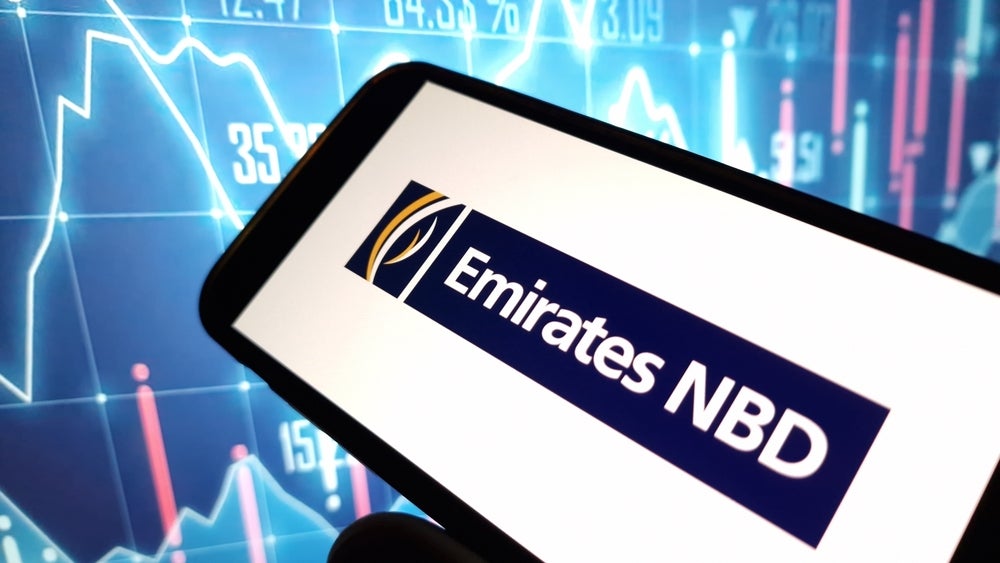MiFID II is set to make fundamental changes to the way wealth and asset managers distribute their products and services. The order execution requirements of MiFID II have focused asset manager attention on foreign exchange costs and the most cost-effective trading options. Paul Golden speaks to some of the industry players to find out their current priorities
The Markets in Financial Instruments Directive (MiFID II) is looming large for private banks and asset managers alike. Since its implementation in November 2007, MiFID has been at the centre of capital markets regulation in Europe and MiFID II aims to improve on the original directive. Even though the application date of MiFID II has been pushed back by a year to January 2018, there is work to be done to prepare for the regulatory update.
Asset managers that have chosen to keep dealing services in-house will have employed teams that are experienced and capable of providing a very high level of competence.
Glen Sargeant, product manager buy-side FX at FlexTrade, explains: “The dealing team will be responsible for the day-to-day management of risk and source as much information as possible to ensure they identify at an early stage when markets show signs of stress. The trading teams will have had access to deep liquidity in the past, facing a great number of counterparts across all FX types.
“However, this approach may have to change. The management of forward dated exposure in compliance with MiFID directives requires a great deal of administration and one approach at minimising this would be to reduce the number of counterparties faced for forwards.”
Anna Pajor, principal consultant and director at GreySpark Partners observes that the market structure is evolving from a dealer-to-clients to all-to-all structure. “As a result, there are new opportunities for asset managers to access attractive liquidity pools. The market is not yet organised around the all-to-all models, which suggests not everyone is aware of or exploring those new opportunities.”
Amarjit Sahota, director of Klarity FX reckons that asset managers have generally improved their understanding of FX market pricing over recent years. “However, there is still some ambiguity on classification of spot/forward transactions or non-deliverable forwards and for many smaller managers, navigating this area has been a distraction from their core goals.”
MiFID II will bring in new requirements for asset managers, including more specific order execution policies and although FX spot is not a covered instrument, asset managers might find themselves including it as though it were. As a result, there will be a more detailed requirement for asset managers to report where and why they executed on their chosen execution venues.
According to Jim Foster, deputy head of eFX trading at State Street Global Markets, there is increasing awareness among asset managers of how their bank relationship liquidity providers are generating their prices and hedging their risk.
“For example, not all clients were aware in the past that their trading with us does not mean that we have already hedged the position, that we may warehouse the risk for minutes or even hours with the aim of internalising the risk with the rest of their client base,” he says. “Many clients now understand that this is how some banks manage their risk and will have discussions with us on how long those positions may take to hedge, to help in their trading decisions.”
As a fiduciary, it makes sense to ask if the execution platform you chose 10 years ago is still the best choice for your investors. Integral Development Corp managing director business development, Vikas Srivastava, says: “To achieve best execution, an execution management system should connect to all relevant sources of liquidity, optimise netting to reduce your traded amount and include reliable algorithms that execute large orders without moving the market.”
“We see that the large asset managers are starting to talk to their execution management system providers to plan for the necessary upgrade for MiFID II,” explains Stephane Malrait, global head of financial markets ecommerce at ING. “Some parts of the directive are still very unclear for FX, so it remains an area where even the execution management systems have to make assumptions.”
Typically an approaching date of a contract renewal with an existing execution management system provider triggers a review. “Reasons to start looking for a new solution include perception that total cost of ownership is high; level of support is insufficient; or the functionality no longer supports changing business,” says Pojor.
Transaction cost analysis (TCA) is increasingly widely used, although the concept of TCA in relation to FX is still being defined and is dependent on the underlying available market data. Jill Sigelbaum, head of FX at Traiana observes that the FX market does not have a consolidated tape concept so clients need to understand “the specific data and methodology being used by a TCA provider”.
Only a minority of asset managers trading FX use any form of TCA – Sargeant refers to a recent survey by Greenwich Associates which found that only one-in-four asset managers used TCA, but he also believes that greater regulation means this proportion is only going to increase.
Pajor explains that managers use various performance benchmarks to evaluate quality of execution. “On a global scale, those performance reports are much less mature. Vendors are actively developing FX TCA tools and managers are increasingly adopting them.”
While many asset managers understand FX market pricing and distribution, spread is often confused with cost. NCFX CEO Andy Woolmer says: “We see managers who believe that because the spread received was narrow, the bank made little money out of their business. The problem here is that asset managers tend to have very repetitive, predictable business in both spot and forward markets, so price makers can easily guess what they will do each time they ask for a price. The price maker will then make a tight spread, but will skew the price against the manager in the knowledge of what the manager will do.”
Woolmer also cautions against using TCA analysis that comes directly from the trading platform or broker, arguing that by using the platform’s own TCA analysis it is impossible to judge to what extent the platform itself is contributing to costs.
Anyone can slap some midrate on an execution, calculate the difference and call it a TCA – the real value comes when an execution management system provider has invested in big data infrastructure, fully understands the nuances of TCA and is comfortable having an ongoing conversation with asset managers about it, concludes Srivastava. “A well-developed TCA programme requires significant investment in technology and people,” he adds.







